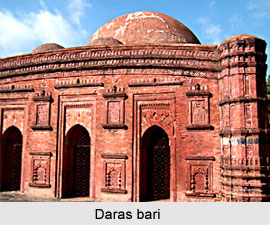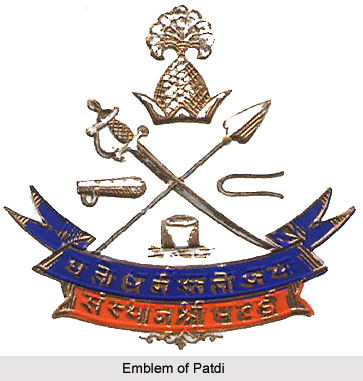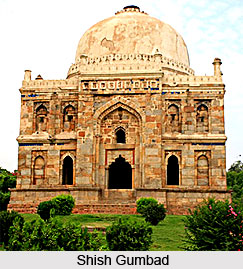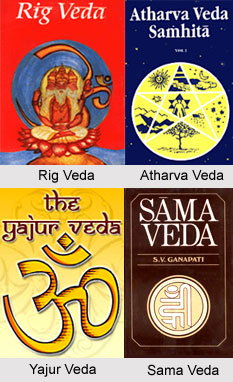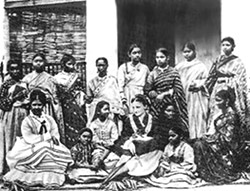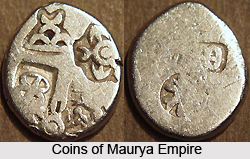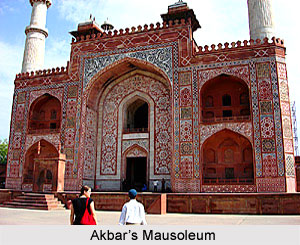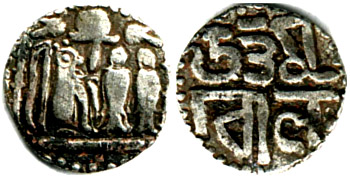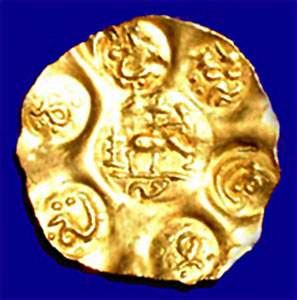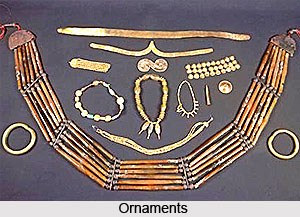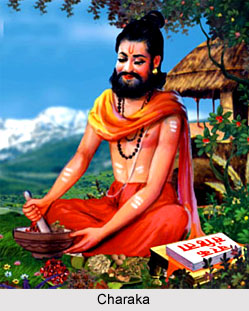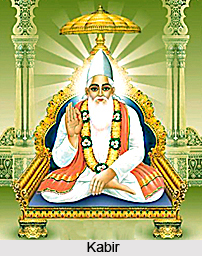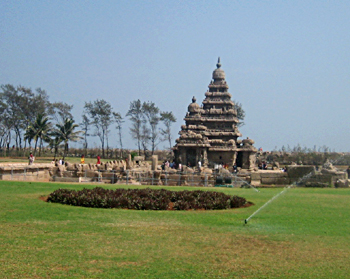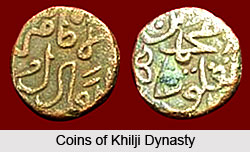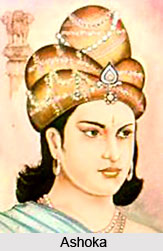The 2nd Punjab Regiment was one of the military regiments of the British Indian Army that remained in active service from 1922 till the Partition of India in the year 1947. The army was formed with the amalgamation of various regiments of the Madras Native Infantry, which was a part of the Army of Madras Presidency. Madras Army was one of the three major Presidency Armies in British India. It was founded with the objective of protecting the commercial interests of the British East India Company. The British Presidency Armies were a part of the British East India Company until the Sepoy Mutiny Rebellion of 1857. Eventually in the year 1903, the 3 main presidency armies were unified together to raise the United British Indian Army.
After the First World War-0, the regiments of the army of British India was reorganized and re-grouped. Most of the single battalion infantry regiments were merged in order to create multi battalion regiments which included around 4 to 6 battalions in every regiment.
History of 2nd Punjab Regiment
The 1st battalion was formed as the Coast Sepoys in the year 1761 at Trichinopoly under the Honourable British East India Company. The initial 4 battalions were raised during the wars in the Carnatic in southern India from the year 1761 and 1776. The battalions were re-designated and renumbered a number of times during the consecutive restructuring of the Madras Army and eventually the British Indian Army. The insignia of the 2nd Punjab Regiment included a naval vessel, a ship`s galley. It was granted to 69th Punjabis regiment in recognition of the preparedness to serve abroad, after the battalion had took part in 8 overseas campaigns by the year 1824.
The 2nd Punjab Regiment was raised by the merger of a number of other regiments of the British Indian Army. These are mentioned as follows-
* 1st Battalion of the 67th Punjabis, (formerly the 7th Madras Native Infantry)
* 2nd Battalion of the 69th Punjabis (formerly 9th Madras Native Infantry)
* 3rd Battalion of the 72nd Punjabis (formerly 12th Madras Native Infantry)
* 4th Battalion of the 74th Punjabis (formerly 14th Madras Native Infantry)
* 5th Battalion of the 87th Punjabis (27th Madras Native Infantry)
* 10th (Training) Battalion, formed by renaming of 2nd Battalion, 67th Punjabis
Before the Partition of India, several Punjab regiments existed in British India. These units were eventually unified to form 2 regiments, namely the 1st Punjab Regiment and the 2nd Punjab Regiment. During the Indian independence, the 1st Punjab Regiment was assigned to the Dominion of Pakistan as it was mainly a Muslim regiment; where as the 2nd Punjab Regiment was allocated to the Union of India.
After the independence of India in the year 1947, the Punjab Regiment of the British Indian Army was restructured and titled as the Punjab Regiment. It was included as a part of the modern Indian Army and is amongst the earliest units of the Indian Army that is still in service. At present the Punjab Regiment is a line infantry regiment and consists of 19 battalions.
Battle Honours of 2nd Punjab Regiment
The 2nd Punjab Regiment was honoured with battle honours for Krithia, Helles, Gallipoli 1915, France, Loos and Flanders 1915, Egypt, Suez Canal 1915 to 1917, Gaza, Nablus, Sharon, Palestine, Megiddo 1917 to 1918, Mesopotamia, Baghdad 1915 to 1918, North West Frontier India 1915, 1916 and 1917, East Africa, Aden 1914 to 1917, Kut al Amara, Defence of Kut al Amara 1917 during the Great War.
The military unit was also awarded battle honours for Afghanistan 1919, Ad Teclesan, Keren, Abyssinia, Amba Alagi 1940 to 1941, Central Malaya, Singapore Island, Ipoh, Malaya 1941 to 1942, Casa Bettini 1943 to 1945, North Africa 1940 to 1943, Italy, Ngakedaung Pass, Buthidaung, North Arakan, Litan, Imphal, Kanglatongbi, Tengnoupal, Kennedy Peak, Tonzang, Pyinmana,Defence of Meiktila, Burma 1942 to 1945 during the Second World War.


